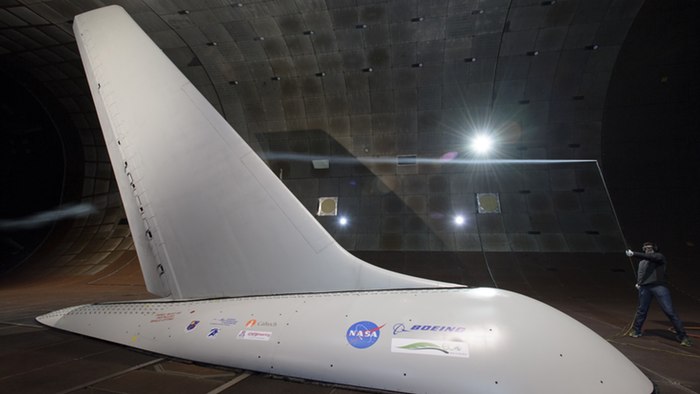Wednesday, 07/01/2026 | 23:49 GMT+7
ERA concluded in 2015 after a set six-year running period that focused on the development and testing of eight eco-friendly technologies. The project received over $400 million of NASA funding, with industry partners such as Boeing and Pratt & Whitney contributing around $250 million worth of resources.
Technologies developed under the ERA program would seek to dramatically reduce fuel consumption, aircraft noise and the pollution that comes as an inevitable byproduct of air travel. This would be achieved by increasing engine efficiency and refinement paired with a number of advancements in overall airplane design.

For example, as part of the project, NASA partnered up with Boeing researchers to test out a protective coating that could be applied to aircraft wings in order to significantly reduce the aerodynamic drag caused by insects adhering to the wing. Another innovation would reduce weight and drag by allowing the integration of a shorter vertical tail fin by utilizing embedded air nozzles, providing increased stability and directional control of air flow over current designs.
Other technologies included the innovation of a system that would allow the wing of an aircraft to deploy the aerodynamic flaps that allow a conventional aircraft to manipulate its trajectory in the air without exposing gaps in the wing structure. This would have the dual effect of reducing aircraft noise and increasing fuel efficiency due to reduced drag.
Based on computer simulations, alongside the projected $250 billion saving, NASA forecasts that implementation of the green technologies could cut US aviation pollution by 75 percent, while reducing noise levels to one-eighth their current level.
Mai Linh (theo Gizmag)








 Webinar 2: “Financial Support for Energy Efficiency Enterprises – Opportunities and Challenges”
Webinar 2: “Financial Support for Energy Efficiency Enterprises – Opportunities and Challenges”
 Capacity Building for Program Implementing Entity
Capacity Building for Program Implementing Entity
 Vietnamese enterprises achieve green growth and cut costs through energy efficiency
Vietnamese enterprises achieve green growth and cut costs through energy efficiency
 Enhance Energy Efficiency Knowledge for Managers of Cement Industrial Enterprises
Enhance Energy Efficiency Knowledge for Managers of Cement Industrial Enterprises
 Capacity building for participating financial institutions in Ho Chi Minh City
Capacity building for participating financial institutions in Ho Chi Minh City
 Strengthening capacity for energy management officers of local government agencies
Strengthening capacity for energy management officers of local government agencies
 Steel Enterprises Saving Energy and Enhancing Competitiveness
Steel Enterprises Saving Energy and Enhancing Competitiveness